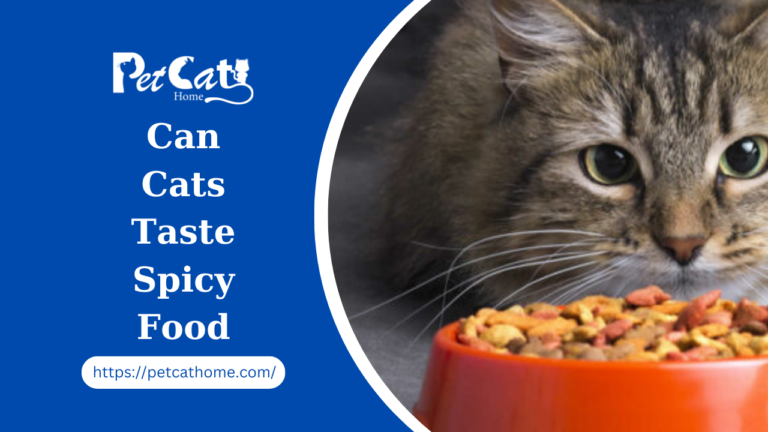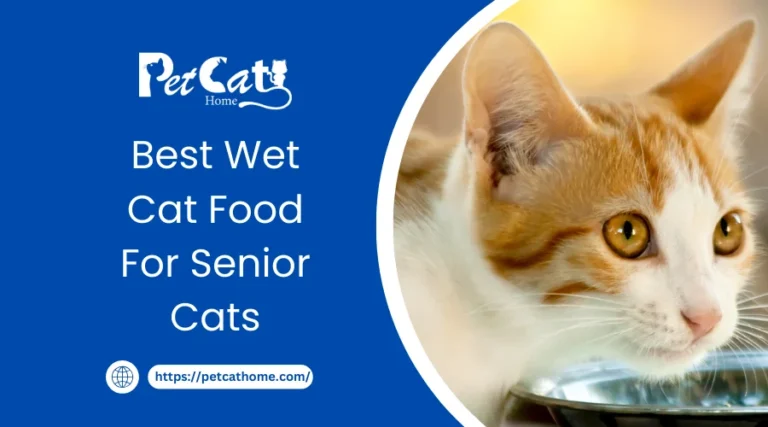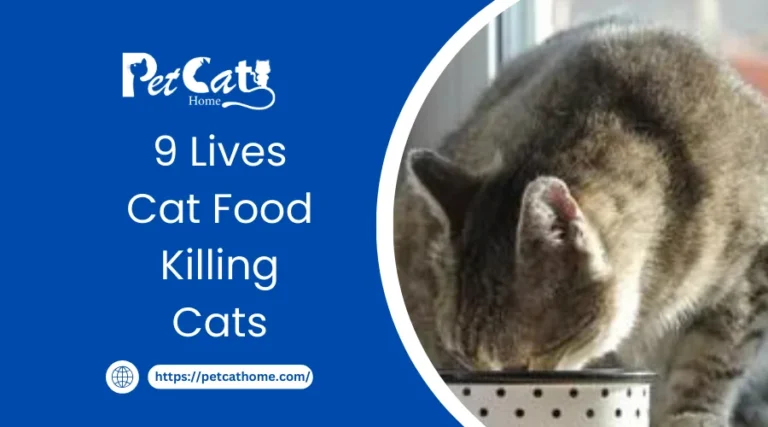How Long Can Wet Cat Food Sit Out

Wet cat food is a household staple when it comes to maintaining the health and well-being of our feline friends. However, many pet owners worry about how long this kind of food lasts on the shelves. For what length of time before it becomes unsafe to eat, can wet cat food be left out? To shed light on this subject and offer direction to pet owners worldwide, let’s dig in.
Factors Influencing Shelf Life
Wet cat food’s shelf life is influenced by several factors. Among them are:
1. Packaging
Wet cat food’s packaging is essential to preserving its freshness. The product’s shelf life can be increased by using pouches or containers that are properly sealed to keep out airborne pollutants.
2. Storage Conditions
Storage conditions greatly impact wet cat food’s shelf life. Food quality and nutritional content are best preserved by keeping it out of direct sunlight and stored in a cool, dry place. Additionally, freshness can be extended by quickly refrigerating any unused pieces.
3. Ingredients
The shelf life of wet cat food is directly impacted by the quality of the components used in it. Superior quality products that are naturally preservative-free typically have a longer shelf life than those that contain artificial additions or fillers.
4. Bacterial Contamination
Wet cat food’s shelf life could be threatened by bacterial infection. If you leave food out at room temperature for a long time, it might become spoiled and expose your pet to hazardous bacteria, which could cause health problems.
Recommended Duration for Leaving Wet Cat Food Out
Following the suggested parameters for the length of time to leave wet cat food out is crucial for your pet’s safety and well-being:
1. Room Temperature
Keeping wet cat food out at the room’s temperature for longer than two hours is not advisable. After this point, there is a much higher chance of bacteria contamination and food spoiling, which might compromise the food’s safety.
2. Refrigeration
After opening, store any leftover wet cat food in the refrigerator as soon as possible. Meals can be safely refrigerated for up to two days because it slows down the growth of bacteria and maintains the freshness of the food.
Signs of Spoilage
It’s important to watch out for spoiling while handling moist cat food. Typical indications include the following:
- Bad Odour: Food should be thrown out if it has a strong, unpleasant odour that indicates it has soured.
- Unusual Texture: Spoiled wet cat food might have an odd texture, like being discoloured or slippery.
- Visible mould growth is a sign of bacterial infection, which makes food unfit for human consumption.
How Long Can Wet Cat Food Sit Out ?
How Long Can Wet Cat Food Sit Out :
The way a cat feels about eating can be quite erratic, and many cat caretakers have probably seen an empty bowl of food or a partially eaten dinner. It may indicate that your cat is no longer hungry, but more often than not, they will return to the feast later in the day in search of more food. This begs the question: How long is the ideal time to leave cat food out? In this article, Whiskas explores the best times to clean up after your cat and when to lengthen the dining window for food.
You open a fresh cat food can, pour the contents into the cat dish, and serve your cat a delicious meal. With happiness visible in a
After a few nibbles, though, your cat gets sidetracked and strolls away calmly.
The question that now has to be answered is: How long may wet cat food be left unopened? Is it possible to save the moist cat food in the dish for a treat at a later time?
We’ll cover all you need to know in this in-depth guide, including how long is best to leave your cat’s wet food out and how to store open cat food so you can enjoy it later.
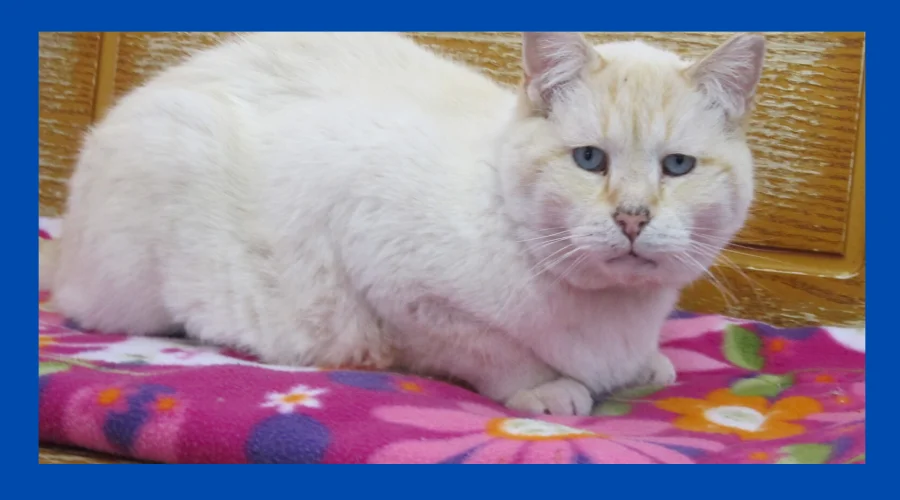
How Long Can Wet Cat Food Sit Out ? Does cat food need to be refrigerated?
How much time may wet cat food be left out? Different cat food varieties have different rules to make sure they stay fresh. Compared to canned cat food, dry cat kibble has a longer shelf life, making it a more durable choice. It is possible to switch your cat from a wet to a dry diet if you discover that handling dry cat chow is more convenient for your lifestyle. To help you make an informed decision if you’re not sure what would be the best diet for your feline friend, check out our extensive cat food guide!
Types of Cat Food: How quickly do they spoil?
After looking at the things that can hasten food deterioration, let’s take a closer look at some common types of cat food.
Dry cat food
Even though kibble might initially include some bacteria, the dry atmosphere it offers makes it difficult for pathogens to spread.

Moreover, the possibility of coming across dangerous microorganisms in dry cat food is low because of the thorough processing it goes through at high temperatures.
It’s important to stress that there is very little chance of salmonella cross-contamination in dry cat food, and that these situations are rare.
Producers rigorously check their batches for pollutants and pathogens, a process that is closely supervised by the FDA. Any indication of salmonella causes an instant recall. It is evident that producers make every effort to maintain strict quality control procedures, guaranteeing the security of their goods.
How Long Can Wet Cat Food Sit Out ? How long can you leave wet cat food out?
How much time may wet cat food be left out? The length of time that cat food can be left out depends mainly on the kind of food that is being thought about. Unopened, wet cat food, usually comes in sachet or can packaging, keeps its freshness for a long time. But once they’re opened, they will inevitably come into contact with airborne microorganisms. Food deterioration may happen faster in warmer climates or if the cat’s bowl is kept in a warm area of the house.
If your cat doesn’t finish a dish of wet food in one sitting, cover and store the remaining amount in the refrigerator. It’s advised to gently reheat chilled food in the microwave when your cat is ready for another meal, as most cats like
it should have a comfortable temperature.
It is important to fight the urge to leave wet food available all day, even if your cat prefers to eat in smaller sittings. Extended exposure heightens the possibility of hazardous microorganisms multiplying. It is advised to remove any uneaten food after a maximum of four hours, give the bowl a good cleaning with soap and water, and then replenish it with fresh food. Switching to dry cat food could be a more sensible option if there is a lot of food waste.

How long can canned cat food sit out covered?
When your cat skips some of its food, you can take a different approach and cover the bowl to feed it later. It’s important to remember, though, that even with the cat food covered, bacterial development is still possible.
What Happens When Food Goes Bad?
Giving your cat wet food that has been out for a long time is dangerous because it creates the perfect environment for bacteria and fungi to develop. The chemical makeup of the food’s components alters as it deteriorates, giving these bacteria the ideal environment in which to grow.
Imagine the following situation: food that has been left unattended for a day or more has developed apparent mildew, which is a significant growth of fungi in the ruined food medium. A noticeable sign that food is no longer fit for ingestion is milddew. Mildew is a visible indicator of spoiling that usually takes a day or so to appear (though it may take shorter in warmer climates). On the other hand, bacteria grow considerably more quickly on damp, rotten food. As these infections grow, they eat the food’s nutrients, change the food’s chemical makeup, and release toxins that are still present in the food.
Giving your cat wet food that has been out for a long time basically puts these poisons and bacteria in their food. Depending on the kind of infectionOnce has developed, your cat can show a number of symptoms, such as fever, lethargy, blood in the stool, diarrhoea of different degrees, nausea, vomiting, and appetite loss.
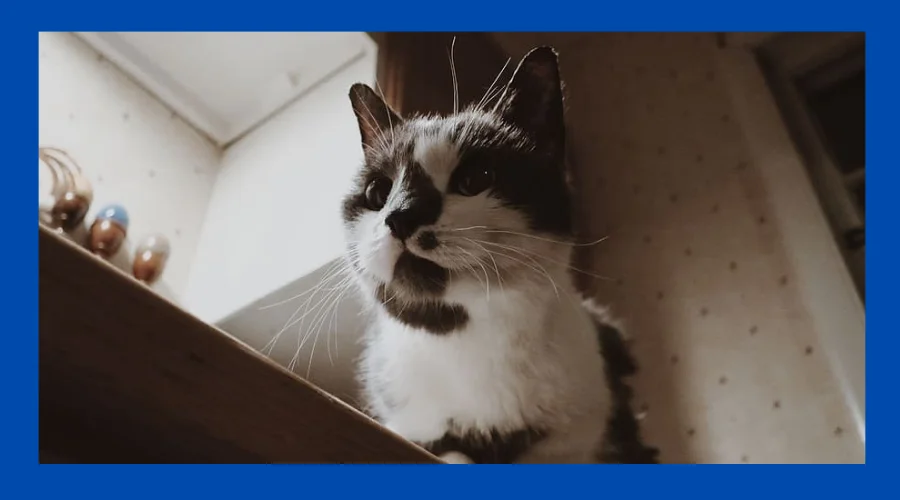
It’s critical to seek immediate veterinary assistance if your cat exhibits any of these symptoms. Since vomiting and nausea can prevent a cat from rehydrating through regular water intake, diarrhoea is especially worrying as it might result in dehydration. In severe situations, intravenous or subcutaneous hydration might be required.
Infectious gastroenteritis is not self-limiting beyond dehydration. In order to treat the bacteria in the digestive tract, antibiotics are usually given, and the cat is also fed a particular diet to help during the healing process.
Is there a Difference Between Canned wet food and wet food pouches?
How much time may wet cat food be left out? Leaving wet cat food out is still the same whether you want to use a pouch or a can. After your cat finishes its meal, both types of wet cat food should be swiftly stored away and served fresh.
The Importance of Freshness
Providing your cats with healthy, fresh food is essential to preserving their wellbeing. In addition to improving safety, fresh food satisfies your cat’s appetite more. Just as you wouldn’t enjoy nibbling on stale bread, your cat will much rather eat freshly opened cans of wet cat food or fresh kibble than options that have gone bad.
To help ensure that your cat is eating fresh food, use these quick tips:
Create a Regular Feeding Schedule: Although some pet owners choose to feed their cats for free, following a schedule will guarantee that the food is always fresh. By sticking to a timetable, you may also keep an eye on your daily caloric intake and avoid under- or overfeeding.
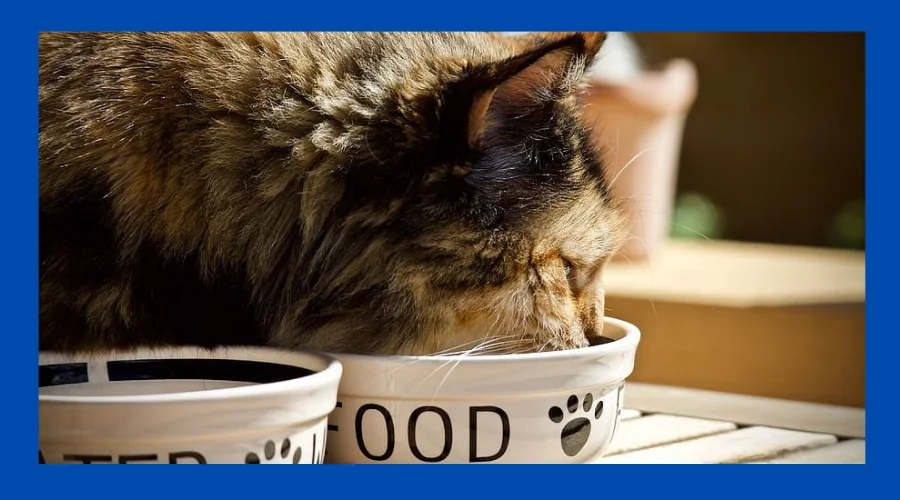
put Uneaten Food Appropriately: As soon as your cat finishes eating, put any leftovers in a closed container. A simple cover and storage in a cool, dry environment are sufficient for dry kibble. For later usage, move any wet food leftovers to a sealed container and keep them in the refrigerator.
Adapt to Your Cat’s Preferences: If your cat tends to enjoy smaller portions of their wet food, such as 1.75 or 3 ounces, you may want to explore selecting smaller package sizes. This lessens the need to preserve leftovers while simultaneously meeting their tastes.
Investigate Your Options: Your cat’s dietary choices may have an impact on changes in how they eat. Try some new wet to add variation.
How Long Can Wet Cat Food Sit Out
FAQs
How much time can wet cat food remain at room temperature outside?
It is not advisable to keep wet cat food out at room temperature for longer than two hours. The likelihood of bacterial infection and spoiling increases dramatically after this point.
Can wet cat food leftovers be refrigerated?
Indeed, it is advised to chill any remaining wet cat food within an hour or two of opening. The freshness of the food is preserved and bacterial growth is slowed down by refrigeration.
What is the shelf life of refrigerated wet cat food?
Wet cat food that has been refrigerated can be safely consumed for up to two days. After this point, it’s imperative to throw away any leftovers in order to keep your pet safe and prevent spoiling.
What symptoms indicate that wet cat food is spoiled?
A bad smell, an unusual texture (such being slimy or discoloured), and obvious mould development are indicators of ruined wet cat food. To protect your pet’s health, it is important to throw away the food if you observe any of these symptoms.
Can I warm wet cat food that has been refrigerated?
Reheating chilled wet cat food is not advised since it may change the texture and cause nutrients to be lost. To preserve the food’s quality and palatability, give it to your pet at room temperature instead.
Conclusion
Wet cat food’s shelf life is affected by a number of variables, including as ingredients, storage conditions, packaging, and bacterial infection. Following suggested handling and storage instructions for wet cat food is crucial for maintaining freshness and your pet’s safety. You may feed your feline friend wholesome, secure meals that support their health and wellbeing by adhering to these guidelines.

